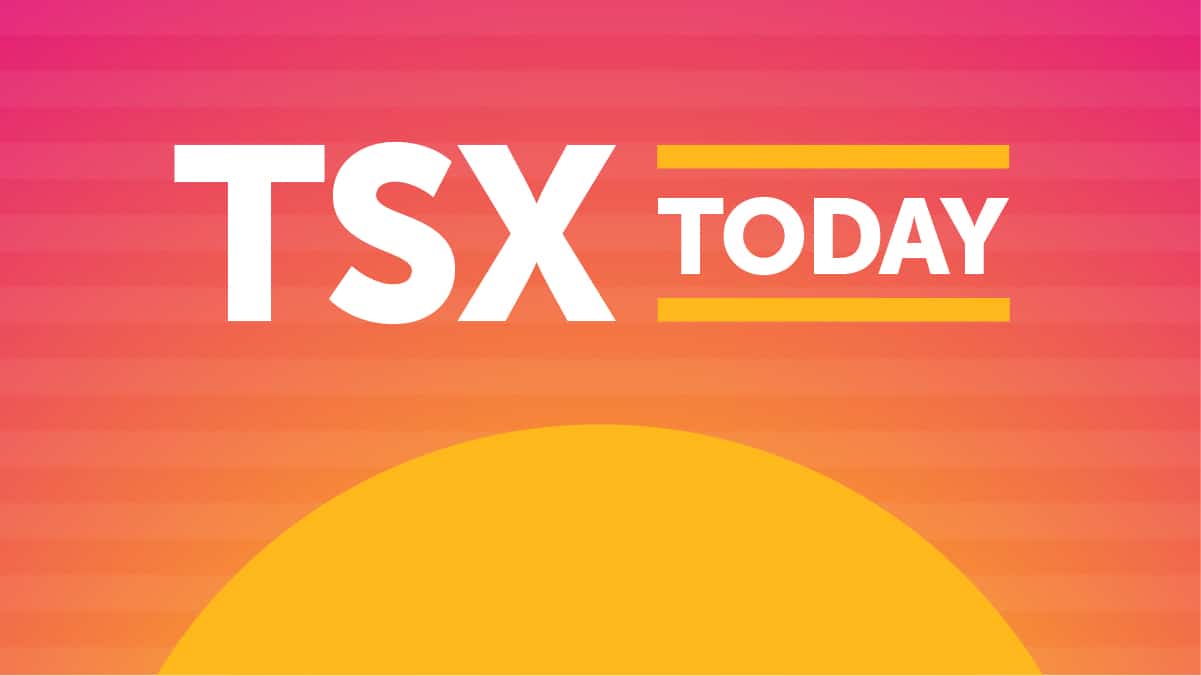The S&P/TSX Composite Index dropped 79 points to close out the week on Friday, July 22. Investors should still be encouraged, as the TSX has gained some lost ground in the second half of this month. Today, I want to look at a few things Canadian investors should watch out for on the TSX in the final week of July. Let’s dive in.
The historic Canada housing correction has arrived
Canada’s real estate sector has been able to gorge on historically low interest rates and loose credit rules for over a decade. This has led to a historical housing boom. It has also made real estate one of the most important sectors for the Canadian economy.
The Bank of Canada (BoC) has demonstrated that it is committed to lowering inflation through interest rate hikes. On July 13, the central bank surprised onlookers with a full percentage point interest rate hike. This was the largest single-session hike since 1998. Moreover, it brought the benchmark rate to 2.5% — the highest point since 2008.
Sales have plummeted sharply in the late spring and early summer. Prices, which have been robust in the face of previous sales slumps, have also started to feel the pinch. The Canada Real Estate Association (CREA) revealed that the average selling price of a home came in at $665,850 — down 20% from February 2022.
Home Capital Group (TSX:HCG), one of the top alternative lenders in Canada, has seen its stock plunge 36% in 2022 as of close on July 22. That has pushed the stock into the red in the year-over-year period. Investors can expect further volatility for Home Capital and other housing stocks in this sharp correction.
Recession fears are mounting — and it is rattling markets
Earlier this month, Royal Bank (TSX:RY)(NYSE:RY), the top Canadian bank by market cap, predicted that the country was heading for a recession by 2023. However, it did project that this recession will be “moderate” and “short-lived.” That is a solid silver lining to take away, as Canadians battle high inflation, rising interest rates, and a labour shortage.
Recession fears will undoubtedly have an impact on the TSX Index in the coming months. Investors should look to take advantage of this volatility by adding top stocks like Royal Bank. Its shares have dropped 9.6% in 2022 as of close on July 22. That has pushed the stock into negative territory in the year-over-year period.
Royal Bank stock currently possesses a favourable price-to-earnings ratio of 10. It offers a quarterly dividend of $1.28 per share, which represents a solid 4.1% yield. Investors can expect to see its third-quarter 2022 earnings later this summer.
Inflation is still confounding consumers
Statistics Canada revealed that the country’s inflation rate hit 8.1% in the month of June. Moreover, the BoC has warned that Canadians should expect inflation to remain at or above 8% for a few months. Investors should look to TSX stocks that are positioned to benefit in this environment.
Loblaw Companies (TSX:L) is the country’s largest grocery retailer. Shares of Loblaw have increased 16% in 2022 as of close on July 22. The stock has shot up 47% from the previous year.
Investors can expect to see the company’s second-quarter fiscal 2022 results on July 27. In Q1 2022, Loblaw delivered revenue growth of 3.3% to $12.2 billion. Meanwhile, adjusted EBITDA (earnings before interest, taxes, depreciation, and amortization) climbed 10% year over year to $1.34 billion. The company should continue to see solid sales growth, as food prices increase in this climate.
 Spring Sale
Spring Sale








